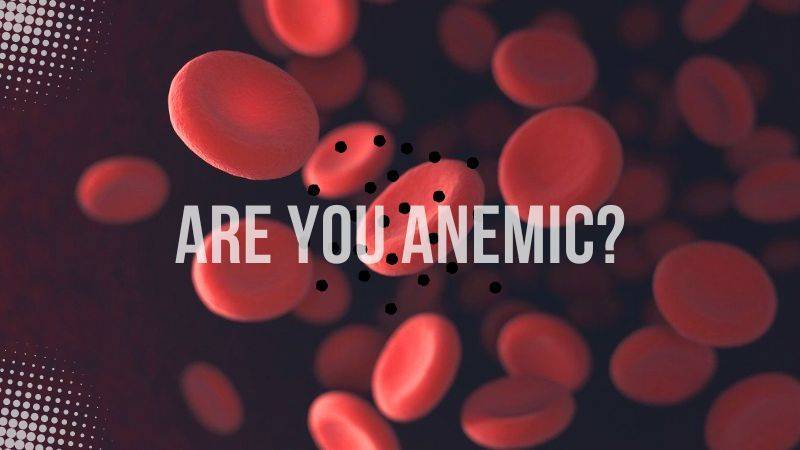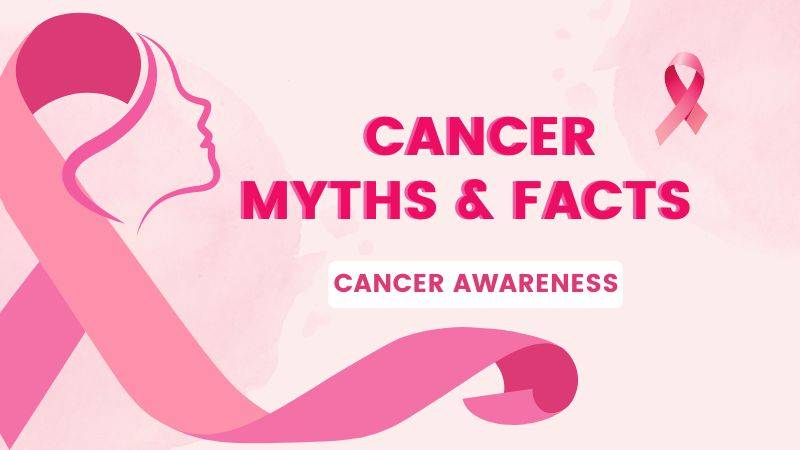Highlights
Hair loss is a common concern for many people, and the market is flooded with numerous remedies that promise to address the issue. While natural alternatives to conventional treatments may seem like a gentler approach, it’s important to examine their effectiveness and potential risks.
Moreover, the search for effective hair loss solutions has given rise to an industry of products and treatments that claim to combat hair fall. However, not all of these options are reliable or safe.
In this article, we will explore natural methods to combat hair loss within the Indian context. We will also take a closer look at the trend of natural hair loss remedies and the unintended consequences that may arise from their use.
By understanding the potential risks and benefits of natural remedies for hair loss, you can make informed decisions about your hair care regimen.
Factors Behind Hair Fall

Hair fall is a complex issue influenced by a variety of factors. By gaining insight into the reasons behind hair loss, we can develop targeted strategies to prevent and manage it.
Here are some of the main factors contributing to hair fall:
- Hormonal imbalances: Hormones are essential in regulating hair growth. Imbalances, such as those caused by thyroid issues, polycystic ovary syndrome (PCOS), or menopause, can lead to hair fall. Hormonal changes during pregnancy can also temporarily affect hair growth.
- Lifestyle choices: Poor nutrition, lack of exercise, and inadequate sleep can contribute to hair fall. Consuming a balanced diet rich in essential vitamins and minerals, engaging in regular physical activity, and ensuring sufficient rest can help promote healthy hair growth.
- Stress: High levels of stress can negatively impact hair growth by causing hormonal imbalances and restricting blood flow to the scalp. Practicing stress management techniques, such as meditation, yoga, or deep breathing exercises, can help mitigate hair fall caused by stress.
- Environmental factors: Exposure to pollution, harsh weather conditions, and hard water can damage hair and lead to hair fall. Protecting your hair from these elements by covering it or using appropriate hair care products can help minimize hair loss.
- Chemicals and heat treatments: Overuse of hair care products containing harsh chemicals, as well as excessive heat treatments, can weaken hair and contribute to hair fall. Limiting the use of such products and treatments can help preserve your hair’s natural strength and resilience.
- Medical conditions and medications: Certain medical conditions, such as alopecia areata, scalp infections, or autoimmune disorders, can cause hair fall. Additionally, medications for various health issues, like cancer, depression, or high blood pressure, can also lead to hair loss as a side effect.
Once you identify the root causes, you can develop a comprehensive plan to prevent hair loss and promote healthy hair growth.
Natural Solutions to Stop Hair Fall
There are many natural remedies for hair loss that you can try at home.

Aloe Vera, coconut oil, onion juice, green tea, and Indian Gooseberry are all excellent options that can help promote hair growth and reduce hair fall.
However, the results may vary, and it may take some time before you start to see improvements.
While natural products may have their benefits, they may not be the best choice for everyone when it comes to hair treatment.
It is important to do your research and speak with a healthcare professional or qualified hairstylist before making any changes to your hair care routine.
Diet and Nutrition in Supporting Healthy Hair

A well-rounded diet rich in essential nutrients is vital for maintaining healthy hair and preventing hair fall. Let’s dive into the key nutrients for hair health and how to incorporate them into your daily meals:
Vitamins
Various vitamins play a crucial role in hair health. Some essential vitamins for hair include:
- Vitamin A: Promotes sebum production, which keeps hair moisturized and healthy. Include foods like carrots, sweet potatoes, spinach, and kale in your diet.
- Vitamin C: Acts as an antioxidant, protecting hair from oxidative stress, and aids in collagen production. Citrus fruits, strawberries, kiwi, and bell peppers are excellent sources of vitamin C.
- Vitamin E: Offers antioxidant protection and helps improve circulation to the scalp. Incorporate foods like almonds, sunflower seeds, avocado, and spinach into your meals.
Minerals
Minerals are crucial for hair growth and strength. Some important minerals for hair health include:
- Iron: Supports healthy hair growth by delivering oxygen to hair follicles. Consume iron-rich foods like lentils, spinach, beans, and red meat.
- Zinc: Plays a role in hair tissue growth and repair, and helps maintain oil glands around hair follicles. Sources of zinc include oysters, pumpkin seeds, chickpeas, and whole grains.
- Selenium: Supports hair growth by protecting hair from oxidative stress. Brazil nuts, fish, whole grains, and poultry are good sources of selenium.
Proteins
Hair is primarily composed of keratin, a protein, so adequate protein intake is vital for hair growth and strength. Include a variety of protein-rich foods in your diet, such as lean meats, fish, eggs, dairy products, soy, legumes, and nuts.
- Healthy fats: Omega-3 fatty acids promote hair growth, improve scalp health, and add shine to your hair. Incorporate fatty fish like salmon, mackerel, and sardines, as well as flaxseeds, chia seeds, and walnuts into your diet.
- Biotin: Biotin, a B vitamin, is essential for hair growth and overall hair health. Foods rich in biotin include eggs, almonds, whole grains, and legumes.
Hydration
Adequate hydration is crucial for maintaining healthy hair. Drinking enough water throughout the day helps transport nutrients to hair follicles and ensures optimal hair growth.
By incorporating a variety of nutrient-dense foods into your daily meals, you can support healthy hair and prevent hair fall.
Remember that consistency is key, and it may take time to see noticeable improvements in your hair health. If you’re concerned about your hair or suspect a nutritional deficiency, consult a healthcare professional or a nutritionist for personalized guidance.
Hair Care Routine to Minimize Hair Fall

A proper hair care routine is essential for maintaining healthy hair and minimizing hair fall. Creating a tailored routine involves selecting the right products, adopting appropriate techniques, and determining the ideal frequency of shampooing and conditioning.
These factors can significantly impact hair fall and overall hair health. Here are some tips for building a customized hair care routine:
- Choose the right products: Select hair care products that cater to your specific hair type and concerns. Look for gentle, sulfate-free shampoos and moisturizing conditioners, as they help maintain the natural oils in your hair and scalp. If you’re experiencing hair fall, consider using products specifically formulated to address this issue, such as those containing ingredients like biotin, keratin, or natural extracts.
- Shampoo frequency: Over-shampooing can strip your hair of its natural oils, leading to dryness and hair fall. On the other hand, under-shampooing can cause product build-up and an unhealthy scalp.
- Determine the ideal shampooing frequency for your hair type – typically, every 2-3 days for oily hair, every 3-4 days for normal hair, and once a week for dry hair. Adjust this frequency based on your hair’s needs and lifestyle factors, such as physical activity and environmental conditions.
- Proper shampooing technique: When shampooing, focus on cleansing your scalp rather than your hair. Gently massage the shampoo into your scalp using your fingertips, avoiding your nails, to stimulate blood flow and remove dirt and oil. Rinse thoroughly with lukewarm water to prevent product build-up.
- Conditioning: Conditioning is crucial for maintaining moisture and preventing hair breakage. Apply conditioner primarily to the mid-lengths and ends of your hair, avoiding the roots, to prevent weighing down your hair and causing an oily scalp. Rinse thoroughly to ensure that no residue remains, as this can contribute to hair fall.
- Gentle detangling: Treat your hair gently, especially when it’s wet, as it is more prone to breakage. Use a wide-toothed comb or a detangling brush to remove knots, starting at the ends and gradually working your way up to the roots.
- Heat protection: Excessive heat styling can weaken hair and contribute to hair fall. Limit the use of heat-styling tools, and always apply a heat-protectant spray before styling. When possible, let your hair air dry to minimize heat damage.
- Regular trims: Getting regular trims helps remove split ends and maintain healthy hair. Aim to trim your hair every 6-8 weeks to prevent breakage and maintain your hair’s overall health.
- Scalp care: A healthy scalp is essential for healthy hair growth. Incorporate scalp massages into your routine to improve blood circulation, and consider using hair oils or treatments that target the scalp, such as tea tree oil or rosemary oil.
- Lifestyle factors: A well-rounded diet, regular exercise, and stress management all play a role in promoting healthy hair and minimizing hair fall. Ensure you’re taking care of your overall well-being to support your hair health.
Be patient as you allow your hair to adjust to the new routine. If hair fall persists or worsens, consult a professional for further guidance.
When to Consult a Professional for Hair Fall Concerns

Sometimes, hair fall can become severe, necessitating professional intervention. It’s essential to recognize the signs that indicate it’s time to consult a dermatologist or trichologist for expert advice and treatment.
This ensures you receive the best possible care for your hair. Here are some signs that suggest you should seek professional help:
- Persistent hair fall: Experiencing hair fall for an extended period, despite trying various home remedies and adjusting your hair care routine, could signal an underlying issue that requires professional attention.
- Sudden increase in hair fall: If you notice a sudden increase in hair fall, it may indicate an underlying health concern, hormonal imbalance, or a reaction to the medication. Consult a professional to help identify and address the cause.
- Noticeable thinning or bald patches: If you observe noticeable thinning of hair or the development of bald patches on your scalp, it’s crucial to seek professional help to diagnose and treat the issue before it worsens.
- Scalp inflammation, redness, or pain: Scalp inflammation, redness, or pain can be indicative of an infection or dermatological condition that requires professional care. Delaying treatment may exacerbate hair fall and further damage your scalp.
- Changes in hair texture or structure: Changes in hair texture or structure, such as brittle, weak, or lifeless hair, may signify an underlying problem that a professional can help address.
- Unexplained hair breakage: Experiencing hair breakage without an apparent cause, despite taking necessary precautions, could be a sign of nutritional deficiencies, hormonal imbalances, or other health concerns that need professional evaluation.
- Family history of hair loss: If you have a family history of hair loss, especially androgenetic alopecia (male or female pattern baldness), it’s a good idea to consult a professional for early intervention and personalized treatment options.
- Post-pregnancy or menopausal hair loss: Women may experience significant hair loss after pregnancy or during menopause due to hormonal fluctuations. Consult a professional for guidance on managing hair fall during these life stages.
When you recognize these signs and consult a dermatologist or trichologist, they can conduct a thorough evaluation of your hair and scalp, diagnose the underlying causes of your hair fall, and recommend appropriate treatments.
This proactive approach ensures that you receive the best possible care for your hair and addresses hair fall concerns effectively.






